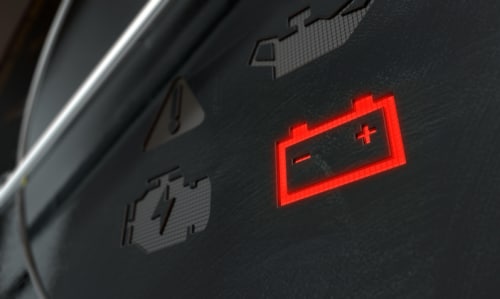
Did you know that hot weather is a top cause for car battery failure in Mesa? As temperatures loom around the 110s, it’s especially important to be proactive in caring for your battery.
Continue reading below to find helpful tips on avoiding being surprised by a dead battery this summer!
1. Check the charge— When’s the last time you made an appointment for routine battery service? If it’s been a while, we recommend paying us a quick visit to have your battery evaluated and prepped for the summer heat. We’ll test the voltage to ensure your battery is in good health and performing optimally, as well as check for corrosion or other damage.
2. Battery cleanliness is important— During monsoon season, it’s especially important to keep an eye on your battery’s appearance, as the high winds and storms tend to coat everything in a layer of dirt. What many drivers don’t know is that dirt build-up can create unwanted chemical reactions inside the battery, causing it to lose charge. However, this can easily be remedied by wiping the battery down with a clean, dry cloth.
3. Keep it cool— Exposure to direct sunlight increases can make your vehicle reach excessive temperatures, which can cause your battery to bloat and swell, corrode or even die right there on the spot. When you’re out and about, it’s a good idea to park your vehicle in the shade or a covered garage whenever possible. This simple habit will help reduce the risk of battery heat damage, not to mention protect other parts of your vehicle as well!
4. Cut down on short drives and idling— Every time you start your car, it takes about 15 to 20 minutes to fully recharge the battery. Making frequent short trips causes the battery to drain faster than it can recharge, which may cause it to die a lot sooner than it should. Idling can also have the same effect, so it’s best to keep that to a minimum as well.
5. Unplug accessories— In addition to turning off your lights and shutting all your doors tightly, you should also make sure to unplug any adapters or phone chargers when you turn your car off. These can continue to draw power, even when the engine is switched off, increasing the risk of battery failure.